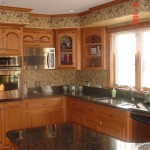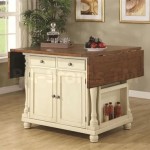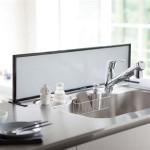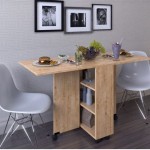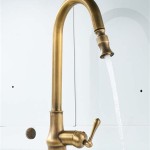White stone kitchen countertops are a great way to add a touch of elegance and sophistication to any kitchen. They come in a variety of styles, colors, and textures, so there is sure to be something to fit the look and feel of your kitchen. In this guide, we will discuss the advantages of white stone countertops, the different types of white stone countertops, and how to properly care for them.
Advantages of White Stone Countertops
White stone kitchen countertops come with a variety of advantages. The most obvious one is that they look beautiful and can really brighten up a kitchen. They are also incredibly durable and can last for many years if properly cared for. Additionally, white stone countertops are easy to clean and maintain, making them great for busy kitchens.
White stone countertops are also heat resistant, meaning you don’t have to worry about them cracking or discoloring from hot pots and pans. Lastly, white stone countertops are very affordable, making them a great option for those on a tight budget.
Types of White Stone Countertops
There are several different types of white stone countertops available. The most common type is marble, which is a luxurious and timeless material that comes in a variety of colors and patterns. Granite is another popular option, as it is strong and durable, and it can be found in a wide range of colors and patterns.
Quartz is a great option for those looking for a low-maintenance countertop. It is a man-made material and comes in a variety of colors and patterns. Soapstone is a great option for those looking for a softer, more subdued look. It is also incredibly durable and easy to clean.
Caring for White Stone Countertops
Caring for white stone kitchen countertops is relatively simple. It is important to wipe them down after each use, as this will help keep them clean and free of debris. It is also important to regularly seal the countertop to protect it from stains and scratches.
It is important to avoid using harsh chemicals or abrasive cleaning supplies, as these can damage the countertop. Lastly, avoid placing hot pots and pans directly on the countertop, as this can cause discoloration and cracking.















Related Posts

